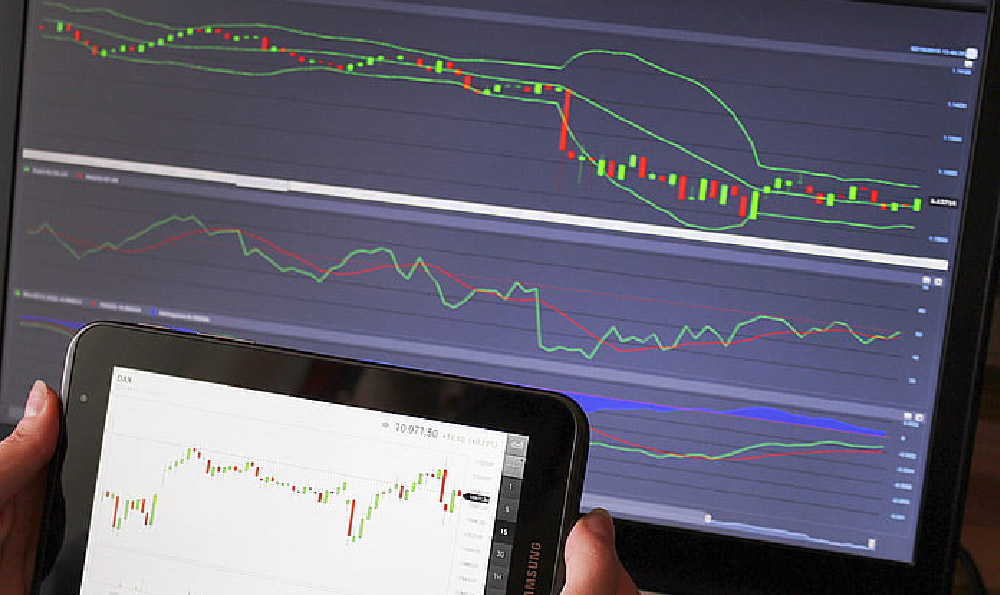The world of day trading is often romanticized as a fast-paced pathway to financial freedom, yet beneath the surface lies a complex reality that separates the few consistently profitable traders from the majority who struggle to sustain success. While the allure of quick profits through intraday price movements can attract thousands to this discipline, empirical data and seasoned insights reveal that the path to profitability in day trading is far more challenging than it appears. Studies conducted by financial institutions and independent research firms suggest that the success rate for day traders is alarmingly low, with estimates ranging from less than 10% to as low as 5%, contingent on market conditions, trading strategies, and behavioral factors. These figures, though sobering, underscore the importance of understanding the multifaceted demands of day trading before committing significant time or capital to this endeavor.
Day trading requires not only a deep understanding of market mechanics and technical analysis but also an unwavering ability to manage emotions, adhere to disciplined risk management practices, and maintain consistency in execution. The markets are inherently unpredictable, with volatility driven by macroeconomic events, geopolitical tensions, and algorithmic trading systems that can amplify price swings in milliseconds. For the average trader, the pressure to constantly monitor screens, make split-second decisions, and withstand the psychological toll of frequent losses can be overwhelming. Many traders, lacking the mental fortitude to remain patient or the technical acumen to identify high-probability setups, succumb to the pitfalls of overtrading, emotional bias, and inadequate capital allocation. These behavioral and strategic missteps often lead to substantial drawdowns, eroding confidence and discouraging long-term participation in the market.
In contrast, the minority of successful day traders typically exhibit a combination of traits that enable them to navigate market turbulence with precision. These individuals often possess a rigorous trading plan, grounded in thorough research and backtesting, which outlines specific entry and exit criteria, risk-reward ratios, and position sizing parameters. They approach trading as a science rather than a gamble, meticulously analyzing historical data to refine strategies before deploying them in live markets. Discipline is another cornerstone of their success, as they strictly adhere to predefined rules even during periods of high stress or uncertainty. This adherence helps them avoid the common trap of chasing losses or deviating from their plan in pursuit of quick gains. Furthermore, successful day traders usually prioritize risk management over profit maximization, understanding that preserving capital is the foundation of long-term profitability. They often employ stop-loss orders, position sizing techniques, and liquidity management strategies to mitigate potential losses and ensure their ability to weather market downturns.

The journey of a successful day trader is rarely linear, marked instead by a continuous process of learning, adaptation, and refinement. Many traders fail to recognize that consistent profitability requires years of practice and exposure to diverse market conditions. The markets are dynamic, evolving with changes in investor sentiment, regulatory environments, and technological advancements. A strategy that works during a bull market may falter in a bear market, necessitating adjustments in timing, asset selection, and risk parameters. Successful traders are often those who embrace this reality, viewing each trade as a learning opportunity rather than a binary success or failure. They maintain detailed records of their trades, analyzing both wins and losses to identify patterns and areas for improvement. This reflective approach is crucial for evolving trading skills and avoiding complacency in a field where the margin for error is minimal.
Another critical factor in the success of day traders is their ability to manage psychological pressures and maintain emotional equilibrium. The inherent uncertainty of market movements can trigger fear, greed, and impatience, leading to reactionary decisions that undermine profitability. Successful traders cultivate a mindset of detachment, viewing trades as mechanical actions rather than personal outcomes. They also develop strategies to cope with stress, such as setting realistic expectations, taking regular breaks, and maintaining a support system of fellow traders or mentors. These psychological tools help them stay focused on their long-term goals and avoid the pitfalls of burnout or overconfidence.
In conclusion, the success of day trading is not determined by luck or innate talent but by a combination of strategic rigor, emotional discipline, and continuous learning. While the financial rewards can be substantial for those who master these elements, the reality is that the majority of traders will struggle to achieve consistent profitability. The markets are unforgiving, and only those who approach them with humility, patience, and a commitment to improvement will find lasting success. For aspiring day traders, the path to profitability begins not with the first trade, but with the foundational work of developing a robust trading plan, managing risk effectively, and cultivating the mental resilience required to thrive in an unpredictable environment.












